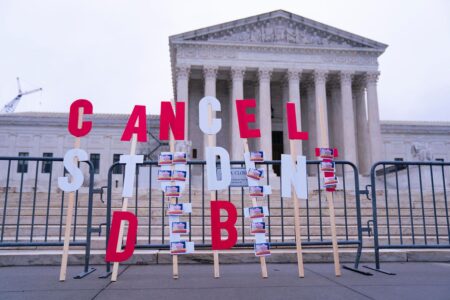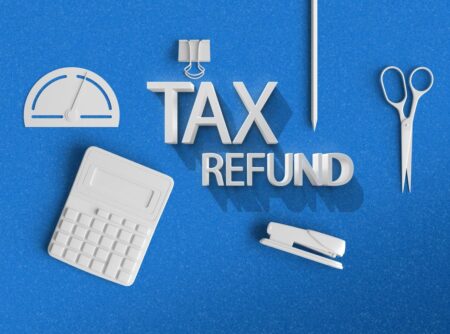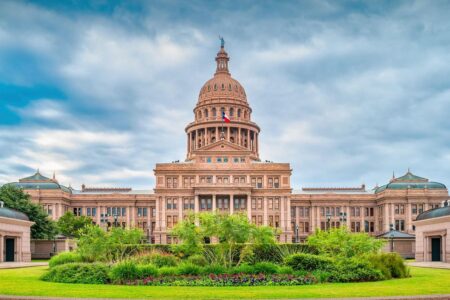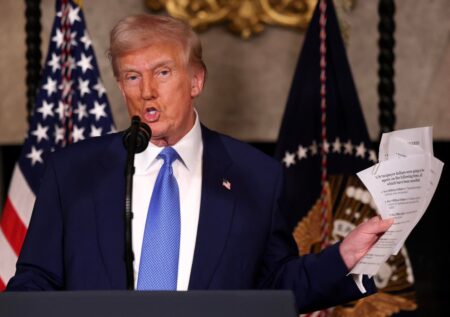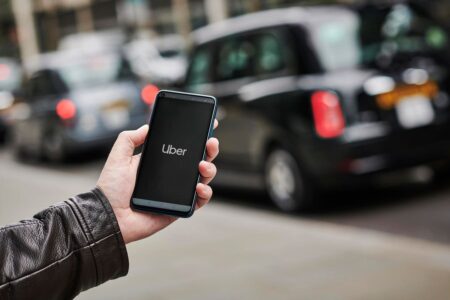A federal appeals court issued a new ruling on Tuesday extending and expanding a block on student loan forgiveness under several popular repayment plans. While the court stopped short of fully striking down the plans, the decision suggests that loan forgiveness under these programs may ultimately not survive judicial scrutiny.
The ruling by the 8th Circuit Court of Appeals was issued in a response to a legal challenge over the SAVE plan, one of former President Joe Biden’s signature policy initiatives to reduce student loan payments. SAVE is an income-driven repayment, or IDR, plan – one of several such options that tie a borrower’s monthly payment to their income and family size, with any remaining balance forgiven after 20 or 25 years. The SAVE plan has several unique features including a more affordable repayment term, generous interest subsidies, and faster student loan forgiveness in some cases as compared to other IDR options.
But critics of the plan have argued that Congress never intended to authorize such a generous and expensive repayment program, which some estimates say could cost the government $475 billion over a 10-year period. Congressional Republicans and the Trump administration are considering repealing the SAVE plan altogether through legislation.
The 8th Circuit’s ruling calls into question 30 years of regulations and guidance provided to borrowers who are pursuing lower payments and eventual student loan forgiveness. Millions of borrowers enrolled in IDR plans could be impacted. Here’s a breakdown.
Student Loan Forgiveness Under Several IDR Plans Use Different Legal Authorities
The Biden administration created the SAVE plan using a regulatory process made available by a provision of the Higher Education Act established by Congress in 1993. Congress authorized the creation of “an income contingent repayment plan, with varying annual repayment amounts based on the income of the borrower, paid over an extended period of time prescribed by the Secretary, not to exceed 25 years.”
The statute directs the Department of Education to create “regulations promulgated by the Secretary” and to “require payments that vary in relation to the appropriate portion of the annual income of the borrower (and the borrower’s spouse, if applicable) as determined by the Secretary.” The statutory text does not reference student loan forgiveness, but it was widely understood that the phrase “not to exceed 25 years” meant debt cancellation at the end of the IDR term.
Using this authority, the Department of Education created several IDR plans over the following 30 years. The department first created what is now known as the Income-Contingent Repayment (ICR) plan in 1994. Then, under the Obama administration, the department established the Pay As You Earn (PAYE) plan and the Revised Pay As You Earn (REPAYE) plan. The Biden administration created the SAVE plan in 2023. These plans are collectively sometimes referred to as “ICR plans” or “Department-created plans.”
For each of these plans, the Department of Education confirmed through regulations that borrowers would be entitled to loan forgiveness at the end of the 20- or 25-year repayment term. Language referencing eventual student loan forgiveness was then incorporated into student loan promissory notes and published guidance for borrowers spanning multiple Democratic and Republican administrations.
Congress passed separate legislation to create the Income-Based Repayment plan (known as IBR), and Public Service Loan Forgiveness (known as PSLF). Unlike the ICR plans, Congress expressly indicated in the statuary text that these programs result in eventual student loan forgiveness.
Court Extends Block On Student Loan Forgiveness Under 3 IDR Plans
In the ruling issued on Tuesday, the 8th Circuit Court of Appeals extended and expanded a preliminary injunction that was originally issued in August to block the SAVE plan. The court found that the SAVE plan’s generous features go above and beyond what Congress had intended.
“We are hard-pressed to conclude that Congress, by directing the Secretary to enact a repayment plan with varying payments based on income over a period not exceeding twenty-five years, believed it authorized the Secretary to wipe out any remaining principal or interest of any borrower in as few as ten years of low or no payments,” wrote the court in its opinion. “If the federal officials’ interpretation of the power under ICR is accepted, the Secretary could simply require a borrower to pay 0.5% of the total of his adjusted gross income minus 5000% of the federal poverty line for a payment period of ten years before having his loans forgiven.”
But the court, as it did in its order last August, went further, suggesting that student loan forgiveness under the ICR and PAYE plans – which were created using the same authority and regulatory process as the SAVE plan – is not permissible because Congress did not expressly authorize student loan forgiveness at the end of the 20- or 25-year term in the 1993 provision of the Higher Education Act.
If loan forgiveness was permitted, the court said that the original statutory language should “include some evidence that it uniquely permits forgiveness, like Congress did when adding IBR” as an option, but Congress did not do so. “If Congress had given that power through ICR, creating IBR and requiring low-income borrowers to make payments for twenty or twenty-five years to obtain forgiveness would have been unnecessary,” reasoned the court.
The 8th Circuit ultimately concluded that Congress intended that loans be fully repaid within 25 years under the Higher Education Act – an interpretation that directly contradicts three decades of regulations, loan promissory note assurances, and official Department of Education guidance provided to student loan borrowers navigating their repayment plan options.
What Happens Next For Student Loan Forgiveness Under IDR Plans
For now, the 8th Circuit has sent the case back to the lower-level district court to implement the expanded injunction, which now covers not only the SAVE plan but also loan forgiveness under the older REPAYE regulations, as well. In the meantime, borrowers who enrolled in or applied for the SAVE plan remain in a forbearance. And student loan forgiveness at the end of the repayment term for the SAVE, ICR, and PAYE plans remains blocked.
“Forgiveness as a feature of any IDR plan created by ED is currently enjoined,” says Department of Education guidance. “This includes the SAVE (formerly REPAYE), PAYE, and ICR Plans. Borrowers who reach their plan’s repayment milestone—that is, 25 years in repayment for borrowers on any of these plans or 20 years for borrowers in PAYE or undergraduate-only borrowers in SAVE—will be moved into an interest-free forbearance, if they are not already in a forbearance as a result of the litigation. ED can and will still process loan forgiveness for the Income-Based Repayment (IBR) Plan, which was separately enacted by Congress. Payments on PAYE, SAVE, and ICR are counted toward IBR Plan forgiveness if the borrower enrolls in IBR.”
If SAVE is ultimately struck down, borrowers may have to select a different IDR plan, all of which use a more expensive repayment formula. As a result, many borrowers may experience an increase in their monthly payments later this year.
In the meantime, Congress is considering legislation that would fully repeal not only the SAVE plan, but all other existing IDR plans – including the IBR plan. In place of these plans, Congress would create a new IDR option that would use a similar repayment formula, but would eliminate student loan forgiveness after 20 or 25 years in repayment. That could force millions of borrowers into lifelong debt, according to some student loan borrower advocacy organizations. The changes, at least based on the most recent version of the proposal, would apply to new loans taken out after June 2024.
Read the full article here









